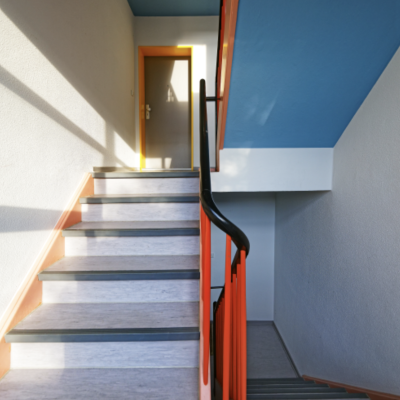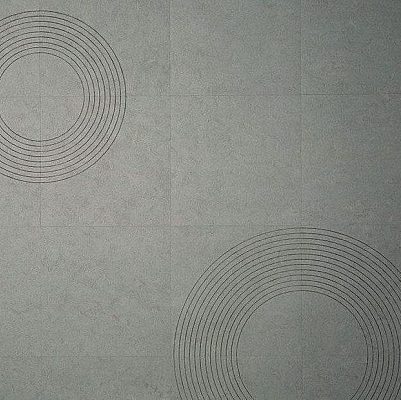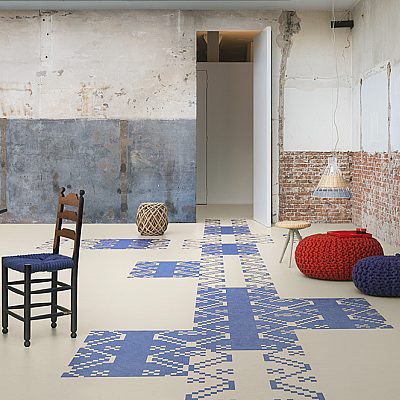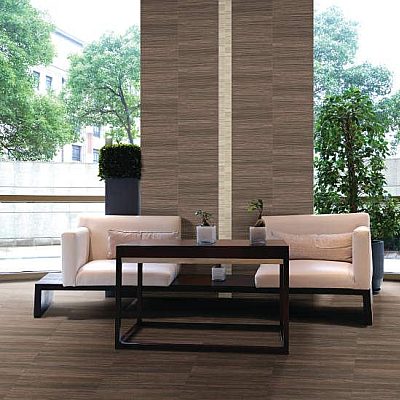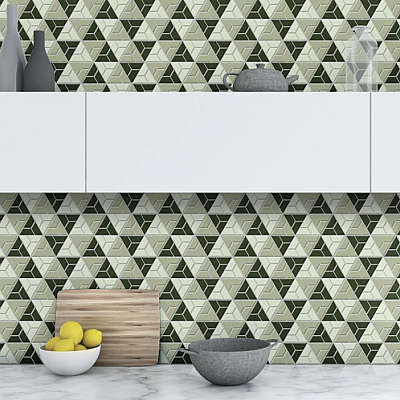Healthy Communities:
Luxurious Affordability: D.C. Housing with DBD
Washington, D.C. April 2020 - Present
Low-income communities deserve to live in homes that will enable them to thrive.
Access to aesthetics and health must not be determined by socio-economic status. We want to understand how we can eradicate the use of toxic, ugly materials in economically challenged communities. Why do housing authorities include toxic standards? What is the best way to convince the authorities to change these policies?
"To eradicate toxic materials we must both eradicate the bias that results in developers using them, and enable designers and developers to make healthier choices." Kia Weatherspoon with HML
In our collaboration with Determined by Design (DbD) we investigate how to bring cutting-edge, healthy, sustainable design research together with elevated, equitable design approaches to transform affordable housing.
Determined by Design is an Interior Design firm that has specialized in the design of affordable housing for more than 15 years. Their understanding of the industry has made them experts who have deep insight into the complexities of specifying innovative and elevated materials for affordable housing. Their interior designers advocate for design equity and challenge affordable housing developers to rethink their building practices by addressing racist and classist bias within the industry, and have a successful history of advocating for change. The designers use their strong voices and negotiation skills to serve as design advocates, guiding the entire building team to bring an elevated project to market.
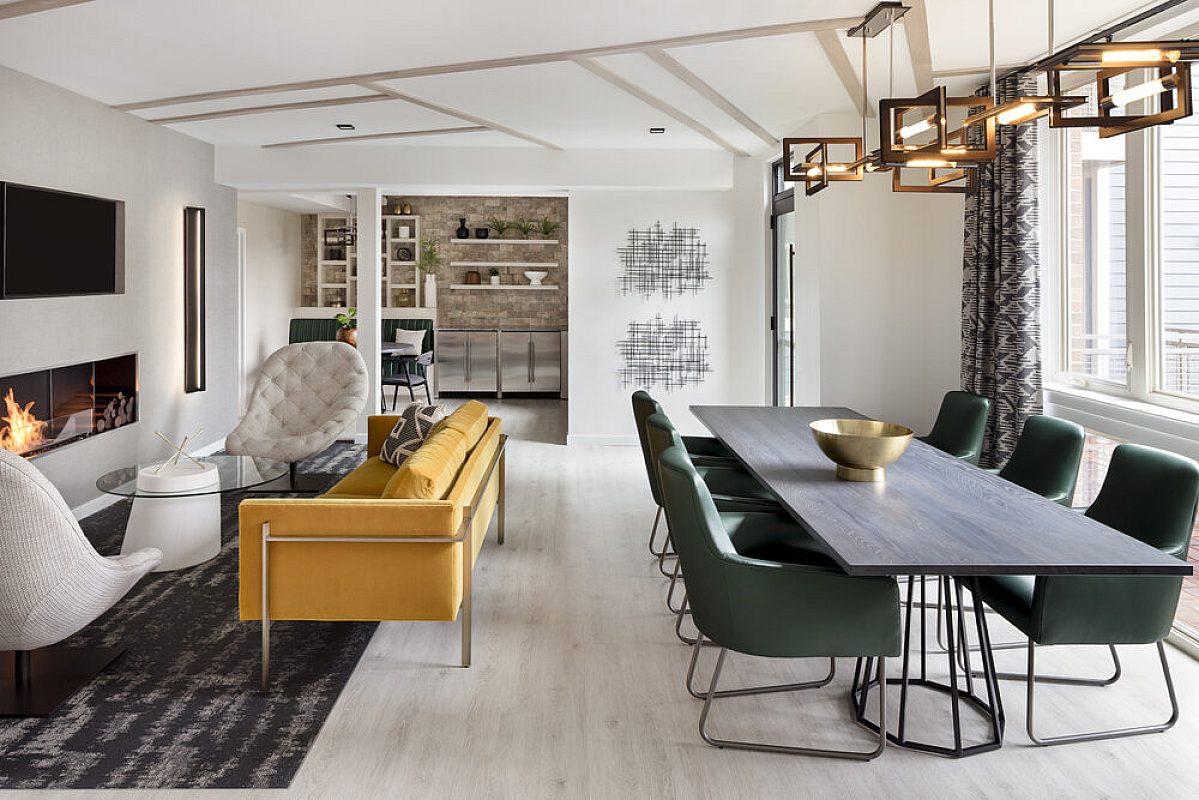
Determined By Design @ Shady Grove, Rockland, Maryland, 2019
Affordable Housing New Construction
Our teams have found that decisions based on material health together with elevated aesthetics rarely make it onto an affordable housing developer’s rubric. This isn’t because decision-makers don’t care about the health impacts of their buildings, but because of a lack of knowledge about material health.
Healthy Materials Lab (HML) and Determined by Design (DbD) initiated a collaboration to identify healthier materials typically specified in an affordable residential unit. Together our teams analyze materials that DbD currently specifies for their affordable housing developer clients and the criteria by which their clients evaluate materials (cost, performance, maintenance, etc).
We are working together to curate new, healthier palettes of materials that meet both the design criteria and the client’s criteria. The materials are healthier, more sustainable, and draw from historic buildings and community initiatives to reflect the culture of the local community.
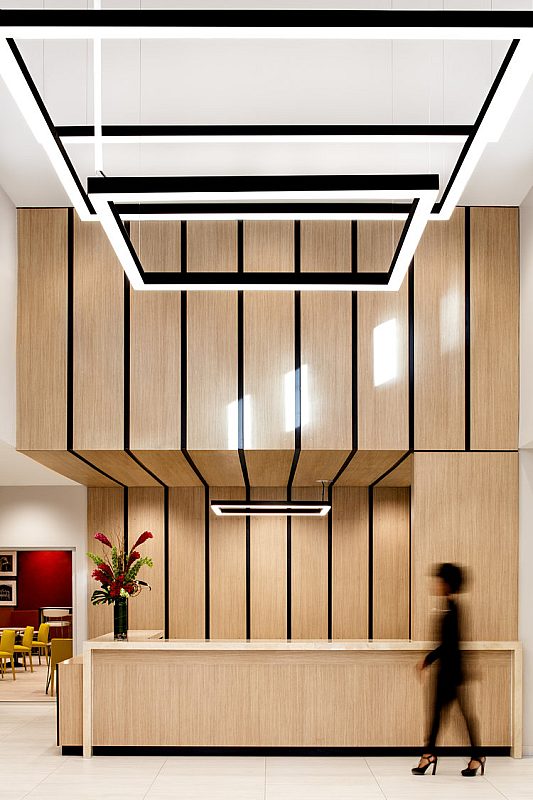
Determined By Design @ Archer Park Apartments, Congress Heights - Washington, DC, 2017
Affordable Housing, Renovated Interiors
We are creating a material matrix that will include healthier building products that can be specified and integrated into current and future projects. The Matrix, which includes common product categories such as flooring, interior paint, tile, composite wood products, will enable both DbD and their clients to make healthier choices. It will also explain why those choices are important, and advocate for change in government policies.
The developing matrix will inform multiple affordable development projects including a 104-unit affordable housing community with predominantly Black families located within Washington, D.C, as well as other similar-sized projects in Baltimore, Boston, and Chicago.
In affordable housing development, there is an unaddressed anti-poor bias that limits creative thinking. When speaking to affordable housing decision-makers DbD hears comments such as:
“We can’t put anything nice in here because the residents are poor.”
“We can’t add any new products. We can only use the same materials we’ve used in the past.”
“We have to secure this building like a prison.”
These comments reveal a bias in the industry against creating beautiful and healthy living spaces for low-income people. To move forward with solutions, these destructive biases must be addressed.
Low-income families deserve healthy and aesthetically elevated homes. They deserve to live in a place that enables them to grow and thrive, just like anyone else in our society. To make these changes we must address the bias that enables developers, designers, funders, and the government to build with these materials. We must create alternatives to the current method of designing affordable housing.

Determined by Design illustrates their observation –a school, a hallway in a typical affordable housing development, and a prison share the same material language.

DbD's comparison of aesthetics

Determined by Design and Healthy Materials Lab share the goal to transform affordable housing across the United States into healthy, beautiful homes. Our respective teams focus on promoting equitable design processes, and educating professionals to make healthier design decisions.


Join Our Academic Network
Get Access to our carefully researched and curated academic resources, including model syllabi and webinars. An email from an academic institution or a .edu email address is required. If your academic institution does not use .edu email addresses but you would like to join the network, please contact healthymaterialslab@newschool.edu.
Already have an account? Log in
